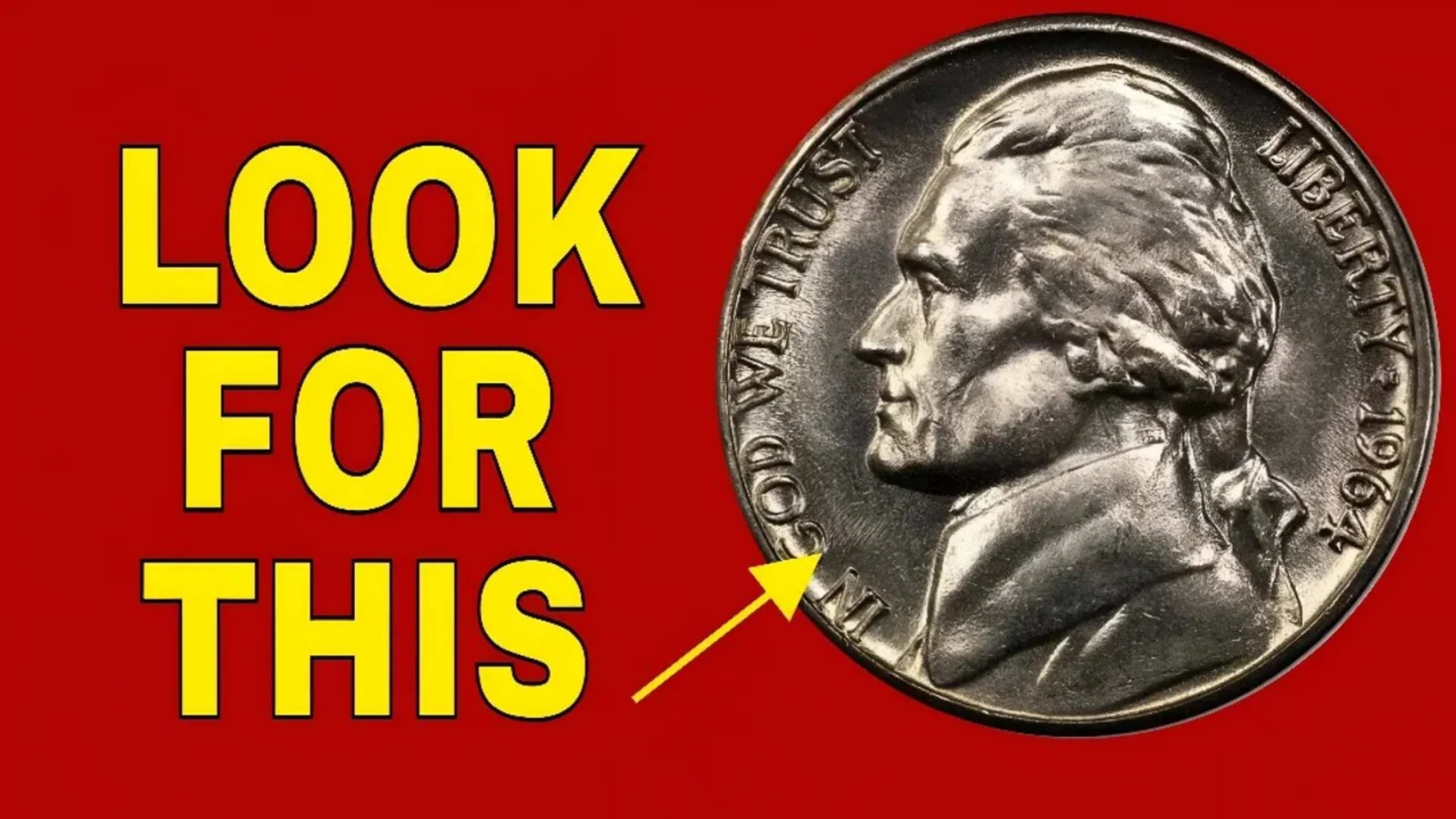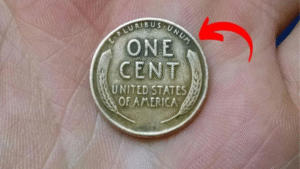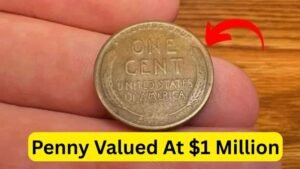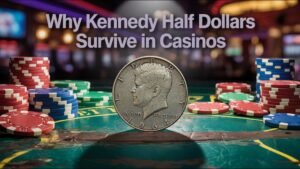Rare Bicentennial Quarter Valued at $1 Million: In 1975 and 1976, the U.S. Mint released the Bicentennial Quarter to mark 200 years of American independence. Unlike regular quarters, it has a special design: George Washington on the front with a “1776-1976” date, and a colonial drummer boy with 13 stars on the back, symbolizing the original colonies. Designed by Jack L. Ahr, this coin was a hit during the bicentennial celebrations, with over 1.6 billion minted in Philadelphia, Denver, and San Francisco. Most are made of copper-nickel, but some San Francisco coins are 40% silver, mainly for collector sets.
While most of these quarters are worth only their face value, a few rare ones with minting errors or special features have sold for massive amounts, with one reportedly hitting $1 million at auction. These coins might still be hiding in your wallet, coin jar, or cash register, making them a thrilling find for collectors in 2025.
Why Some Bicentennial Quarters Are Worth Millions
Not every Bicentennial Quarter is a treasure, but certain traits make some stand out. Here’s what drives their value:
Minting Errors
Mistakes during production, like double strikes (where the design is stamped twice, creating a blurry effect) or coins struck on the wrong metal (like silver instead of copper-nickel), make a quarter rare. These errors are what collectors hunt for, and they can push values into the thousands or millions.
Silver Composition
Most Bicentennial Quarters are copper-nickel, but some from the San Francisco Mint were made with 40% silver for special sets. These silver quarters are heavier (about 6.25 grams vs. 5.67 grams for regular ones) and more valuable, especially in top condition.
Condition
Coins in “mint state” (like new, with no wear) are worth more. A shiny, flawless quarter can fetch hundreds or thousands, while worn ones are usually just 25 cents. Professional grading by PCGS or NGC confirms a coin’s quality, boosting its price.
How to Spot a Valuable Bicentennial Quarter
You don’t need to be a coin expert to find a valuable quarter. Here’s how to check:
- Look at the Date: Confirm it says “1776-1976” on the front.
- Check the Mint Mark: Look under Washington’s head for an “S” (San Francisco), “D” (Denver), or no mark (Philadelphia). “S” coins may be silver.
- Inspect for Errors: Use a magnifying glass to spot doubled text (like “LIBERTY” or “IN GOD WE TRUST”) or misaligned designs. These errors can mean big money.
- Check the Edge: Silver quarters have a solid silver edge, not a copper stripe like regular ones.
- Assess Condition: Look for sharp details and no scratches. Don’t clean coins, as it lowers their value.
If you find a promising quarter, handle it with gloves and store it in a soft holder. Take it to a coin dealer or grading service for appraisal.
Valuable Bicentennial Quarters: A Price Guide
Here’s a table of notable Bicentennial Quarters and their estimated values in 2025, based on auction data and coin guides like CoinValueChecker. Prices are for good condition (worn but readable) and mint state (near perfect).
| Type | Mint Mark | Good Condition Value | Mint State Value | Notes |
|---|---|---|---|---|
| Regular Clad | None (Philadelphia) | $0.25 | $1-$5 | Common, over 800 million minted. |
| Regular Clad | D (Denver) | $0.25 | $1-$6 | Over 860 million minted. |
| Silver Proof | S (San Francisco) | $5 | $15-$40 | 40% silver, 4 million made. |
| Double Die Obverse | S | $1,000 | $10,000-$20,000 | Doubled text error, rare. |
| Struck on Dime | None | $1,000 | $9,200 | Error on dime planchet, sold in 2020. |
| Silver Regular Strike | S | $50 | $13,500 | Rare silver version, sold in 2019. |
| Double Die Obverse | D | $500 | $8,400 | Error coin, sold in 2023. |
Prices can vary, so check current auctions or consult a dealer for accurate values.
Stories of Big Finds
The excitement around Bicentennial Quarters comes from real stories of lucky finds. In 2023, a Georgia man found a 1976-S Double Die Quarter in his change at a gas station and sold it for $15,000. An Oregon woman discovered one in a bank roll, turning it into $20,000. These tales keep collectors searching, especially with America’s 250th anniversary nearing in 2026.
Tips for Hunting Valuable Quarters
Start your treasure hunt with these steps:
- Check Your Change: Look at every 1976 quarter in your wallet, bank rolls, or coin jars.
- Use a Magnifying Glass: Spot errors like doubled text or off-center designs under good lighting.
- Weigh the Coin: Silver quarters are heavier (6.25 grams vs. 5.67 grams).
- Join Coin Communities: Online forums like CoinTalk or local clubs offer tips and connections.
- Get Professional Grading: If you find a rare coin, send it to PCGS or NGC to confirm its value.
Never clean coins, as it can damage them and lower their worth. Store them in protective cases to preserve their condition.
Conclusion
The 1976 Bicentennial Quarter is a piece of American history that could also be a ticket to wealth. While most are worth just 25 cents, rare versions with errors or silver content can fetch thousands or even $1 million. In 2025, these coins are still out there, waiting to be found. Grab a magnifying glass, check your change, and you might uncover a life-changing treasure!
FAQ
What makes a 1976 Bicentennial Quarter valuable?
Rare errors like double strikes, silver composition, or perfect condition can make a quarter worth thousands or up to $1 million.
How do I spot a rare Bicentennial Quarter?
Look for the “1776-1976” date, an “S” mint mark, doubled text, or a solid silver edge. Use a magnifying glass for errors.
Are all Bicentennial Quarters worth a lot?
No, most are worth 25 cents. Only those with errors, silver content, or mint-state condition are valuable.
Can I still find these quarters in circulation?
Yes, some are still in wallets, coin jars, or cash registers, though rare versions are hard to find.
Where can I sell a rare Bicentennial Quarter?
Sell through coin dealers, auction houses like Heritage Auctions, or online platforms like eBay. Get it graded first for the best price.




